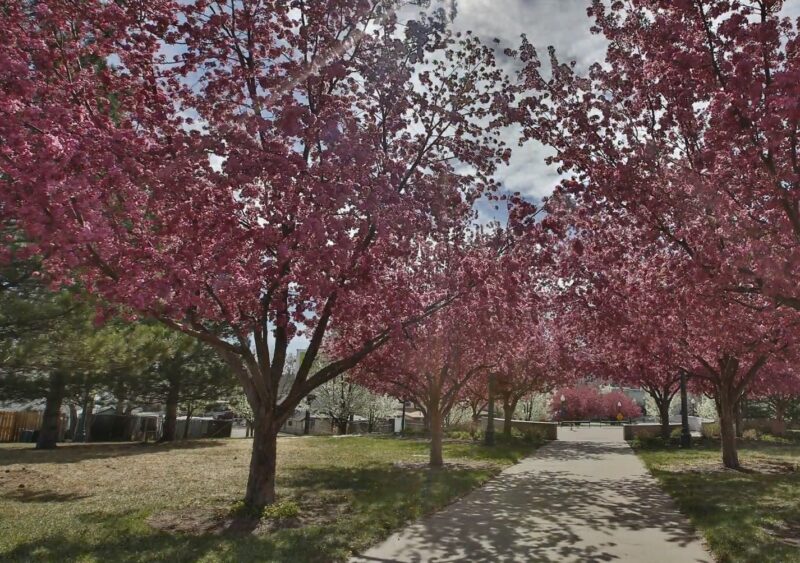Seasonal Affective Disorder (SAD) is more than just a bout of the winter blues or a dip in mood during darker days; it’s a recognized type of depression linked to seasonal changes. Understanding is crucial in recognizing its impact and seeking appropriate treatment. This comprehensive guide delves into various aspects of it, offering insights and information to help readers navigate this condition.
Many dismiss SAD as a minor inconvenience, but it’s vital to understand its seriousness. SAD is not just a temporary mood swing; it’s a form of depression that requires attention and treatment. Light therapy, psychotherapy, and medication are among the treatment options.
Symptoms
The symptoms often manifest in late fall or early winter and disappear during the sunnier spring and summer days. They can start mild and become more severe over time. Common symptoms include persistent sadness, loss of interest in activities, low energy, sleep disturbances, changes in appetite, and difficulty concentrating.
Variations in SAD Symptoms
SAD’s manifestations can vary depending on the time of year. For instance, winter SAD often includes oversleeping and carbohydrate cravings, while summer SAD might involve insomnia and weight loss. Recognizing these patterns is key to understanding and managing SAD effectively.
Fall and Winter

Winter-onset, often known as winter depression, comes with specific symptoms like oversleeping, appetite changes, weight gain, and fatigue. These symptoms reflect the body’s reaction to reduced sunlight and can significantly impact daily life.
Addressing Winter SAD
Addressing winter SAD involves understanding its unique challenges. Strategies might include light therapy to compensate for reduced sunlight exposure, dietary adjustments, and maintaining a regular sleep schedule. These approaches can help mitigate the symptoms of winter SAD.
Spring and Summer SAD

While less common, summer-onset SAD or summer depression is equally impactful. It includes symptoms like insomnia, poor appetite, weight loss, and increased irritability. This form of SAD reflects the body’s response to longer daylight hours and higher temperatures.
Managing
Managing summer SAD involves recognizing and adapting to its unique challenges. Keeping cool, maintaining a consistent sleep routine, and engaging in relaxing activities can be beneficial. It’s also important to seek professional help if symptoms are severe.
Seasonal Changes and Bipolar Disorder

Individuals with bipolar disorder may find their condition intricately linked with seasonal changes. Seasons can trigger distinct episodes in bipolar disorder: manic or hypomanic episodes during spring and summer, and depressive episodes in fall and winter. Understanding this pattern is crucial for those managing bipolar disorder.
Seasonal Treatment Strategies for Bipolar Disorder
For those with bipolar disorder, adapting treatment to seasonal changes can be beneficial. This might include adjusting medication, therapy sessions, or lifestyle changes in anticipation of the season’s impact on their mood. Proactive management can significantly reduce the severity of symptoms.
When to See a Doctor

It’s essential to differentiate between brief mood lows and persistent symptoms of SAD. If you experience prolonged periods of depression, changes in sleep and appetite, or feelings of hopelessness, it’s time to seek medical advice. Early intervention can prevent worsening symptoms.
The Importance of Early Intervention
Seeing a doctor when early symptoms appear can make a significant difference. Timely intervention can help in managing symptoms more effectively and prevent complications like social withdrawal or substance abuse. Don’t hesitate to consult a healthcare provider if you suspect you have SAD.
Causes

The exact cause remains unknown, but several factors likely play a role. These include disruptions to the body’s internal clock due to reduced sunlight (affecting circadian rhythms), changes in serotonin and melatonin levels, and possibly genetic factors. Understanding these causes can help in developing effective treatment plans.
The Role of Sunlight and Neurotransmitters
- Circadian Rhythm: Shorter daylight hours in fall and winter may disrupt your body’s internal clock, leading to feelings of depression.
- Serotonin Levels: Reduced sunlight can decrease serotonin, a neurotransmitter that influences mood, contributing to it.
- Melatonin Levels: Seasonal changes can affect melatonin production, impacting sleep patterns and mood.
Risk Factors

Certain individuals are more susceptible to SAD. Factors increasing risk include:
- Gender: Women are more frequently diagnosed with SAD than men.
- Age: Younger adults are more likely to experience SAD compared to older adults.
- Family History: A family history of SAD or other forms of depression can increase risk.
- Existing Mental Health Issues: Those with major depression or bipolar disorder are at higher risk of seasonal worsening of their symptoms.
Geographic and Lifestyle Influences
- Latitude: Living far from the equator, where there are significant changes in daylight hours across seasons, increases the risk of SAD.
- Vitamin D Levels: Low levels of Vitamin D, which can result from insufficient sunlight, may play a role in SAD.
Complications of Untreated SAD
Neglecting the symptoms of SAD can lead to serious complications, including social withdrawal, performance issues at work or school, substance abuse, and co-occurring mental health disorders such as anxiety or eating disorders. In severe cases, untreated SAD can lead to suicidal thoughts or behavior.
The Importance of Addressing SAD
Understanding and treating SAD promptly can help prevent these complications. It’s important to take SAD seriously and seek appropriate treatment, which can vastly improve quality of life and overall well-being.
Prevention and Management

While there’s no surefire way to prevent SAD, certain strategies can help manage and mitigate its symptoms:
- Light Therapy: Exposure to a light therapy box can help regulate mood and sleep patterns.
- Lifestyle Adjustments: Maintaining a regular schedule, exercising, and spending time outdoors can be beneficial.
Early Treatment and Ongoing Management
Starting treatment before the onset of symptoms in susceptible individuals and continuing it beyond the typical symptom period can be effective in preventing severe episodes. For some, continuous treatment may be necessary to prevent recurrence.
Frequently Asked Questions (FAQs)
Can lifestyle changes alone manage SAD effectively?
While lifestyle changes like increased exposure to sunlight, exercise, and a balanced diet can help, they may not be sufficient for everyone. Professional medical advice should be sought, especially in severe cases.
Is SAD more common in certain climates?
SAD tends to be more prevalent in areas with significant seasonal changes, particularly those far from the equator with long winters and reduced daylight.
Can children and teenagers get SAD?
Yes, it can affect individuals of all ages, including children and teenagers. Symptoms may differ slightly and require age-appropriate treatment and support.
How is diagnosed?
SAD is diagnosed based on a thorough evaluation of symptoms, medical history, and, in some cases, physical examinations and tests to rule out other conditions.
Are there any dietary supplements that help with SAD?
Some people find supplements like Vitamin D helpful, especially in areas with limited sunlight. However, it’s important to consult with a healthcare provider before starting any supplements.
Can symptoms fluctuate during the season?
Yes, the intensity of symptoms can fluctuate. Factors like stress, lifestyle changes, and environmental factors can influence these variations.
Is it possible to have in both winter and summer?
While less common, some individuals may experience SAD symptoms in both winter and summer, each with distinct characteristics.
Final Words
Seasonal Affective Disorder is more than just a seasonal mood swing; it’s a real and often challenging condition that impacts many lives. Understanding SAD, recognizing its symptoms, and seeking appropriate treatment are essential steps in managing this disorder. As we learn more about SAD, we move closer to more effective strategies for living well, regardless of the season.

